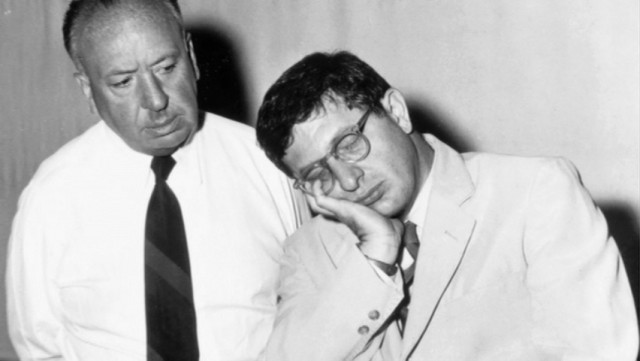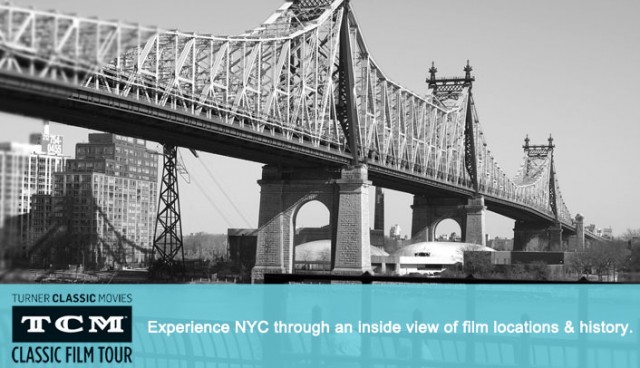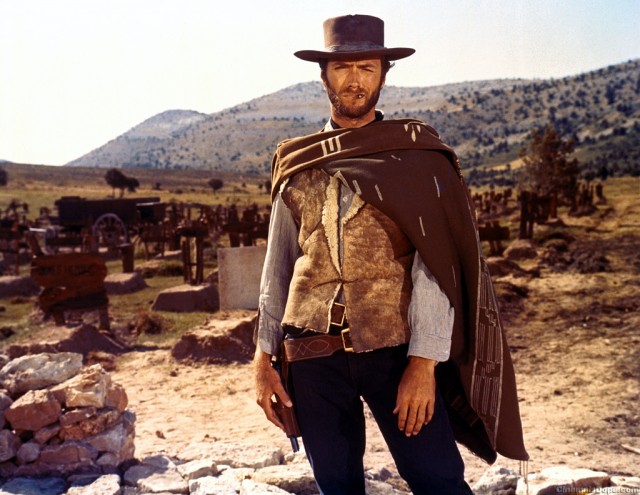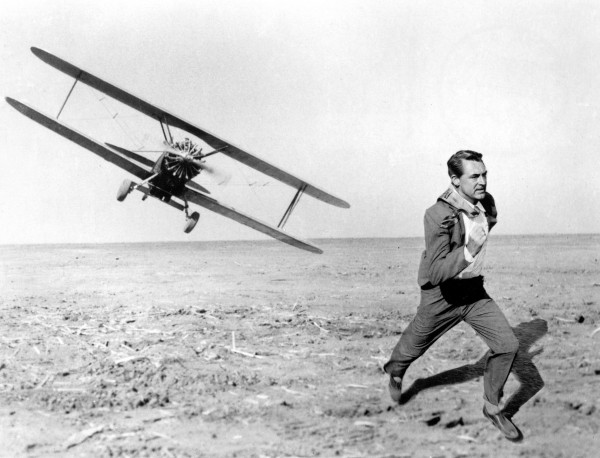
There shouldn’t be much sleeping when the scores of films by Alfred Hitchcock (above, with composer Bernard Herrmann) and Stanley Kubrick take center stage at the Philharmonic
Avery Fisher Hall
10 Lincoln Square, Broadway at 64th St.
September 17-21, $45-$125
www.nyphil.org
Perhaps no two directors used music as effectively as Alfred Hitchcock and Stanley Kubrick, the former employing original compositions to build unwavering suspense, the latter including famous classical pieces to immerse viewers in magical atmospheres. The New York Philharmonic will pay tribute to both men during “The Art of the Score: Film Week at the Philharmonic,” as the orchestra performs the scores while film clips are shown on the big screen at Avery Fisher Hall. Curated by artistic director Alec Baldwin, “The Art of the Score” begins September 17-18 with “Hitchcock!,” comprising music by Lyn Murray (To Catch a Thief), Bernard Herrmann (Vertigo, North by Northwest), Dimitri Tiomkin (Strangers on a Train, Dial M for Murder), and Charles Gounod (“Funeral March of a Marionette,” the theme from Alfred Hitchcock Presents), conducted by Constantine Kitsopoulos; the first night will be hosted by Baldwin, the second by Sam Waterston. The Philharmonic then focuses on Kubrick’s epic 2001: A Space Odyssey on September 20-21, consisting of works by György Ligeti (“Atmosphères,” “Lux aeterna,” “Aventures,” “Kyrie” from Requiem), Richard Strauss (“Also sprach Zarathustra”), and Johann Strauss II (“On the Beautiful Blue Danube”), conducted by Alan Gilbert and featuring the Musica Sacra Chorus, directed by Kent Tritle. The final event, “Mind, Music, and the Moving Image,” being held on September 21 at the Gerald W. Lynch Theatre, in which Baldwin speaks with filmmakers Joel and Ethan Coen, their regular composer, Carter Burwell, and neuroscientest Aniruddh D. Patel, has already sold out.


 One of the all-time-great spaghetti Westerns, Sergio Leone’s dusty three-hour operatic oater stars Clint Eastwood as the Good (Blondie), Lee Van Cleef as the Bad (Angel Eyes), and Eli Wallach as the Ugly (Tuco Benedicto Pacifico Juan Maria Ramirez, whose list of criminal offenses is a riot), three unique individuals after $200,000 in Confederate gold buried in a cemetery in the middle of nowhere. Nearly 20 minutes of never-before-seen footage added to the film a few years ao, with Wallach and Eastwood overdubbing brand-new dialogue, so if you haven’t seen it in a while, it might just be time to catch it again, this time on the big screen as part of the Museum of the Moving Image’s “See It Big!” series. Ennio Morricone’s unforgettable score and Torino delli Colli’s gorgeous widescreen cinematography were also marvelously enhanced; their work in the scene when Tuco first comes upon the graveyard will make you dizzy with delight. And then comes one of the greatest finales in cinema history. The Good, the Bad and the Ugly is screening at the museum on February 10 at 7:00, with the series continuing with such classics as Samuel Fuller’s Forty Guns on February 19 (introduced by Dan Callahan), The Sound of Music on March 3, North by Northwest on March 9-10, Andrei Tarkovsky’s The Mirror on March 11 (introduced by Geoff Dyer), and Touch of Evil on March 16-17.
One of the all-time-great spaghetti Westerns, Sergio Leone’s dusty three-hour operatic oater stars Clint Eastwood as the Good (Blondie), Lee Van Cleef as the Bad (Angel Eyes), and Eli Wallach as the Ugly (Tuco Benedicto Pacifico Juan Maria Ramirez, whose list of criminal offenses is a riot), three unique individuals after $200,000 in Confederate gold buried in a cemetery in the middle of nowhere. Nearly 20 minutes of never-before-seen footage added to the film a few years ao, with Wallach and Eastwood overdubbing brand-new dialogue, so if you haven’t seen it in a while, it might just be time to catch it again, this time on the big screen as part of the Museum of the Moving Image’s “See It Big!” series. Ennio Morricone’s unforgettable score and Torino delli Colli’s gorgeous widescreen cinematography were also marvelously enhanced; their work in the scene when Tuco first comes upon the graveyard will make you dizzy with delight. And then comes one of the greatest finales in cinema history. The Good, the Bad and the Ugly is screening at the museum on February 10 at 7:00, with the series continuing with such classics as Samuel Fuller’s Forty Guns on February 19 (introduced by Dan Callahan), The Sound of Music on March 3, North by Northwest on March 9-10, Andrei Tarkovsky’s The Mirror on March 11 (introduced by Geoff Dyer), and Touch of Evil on March 16-17.